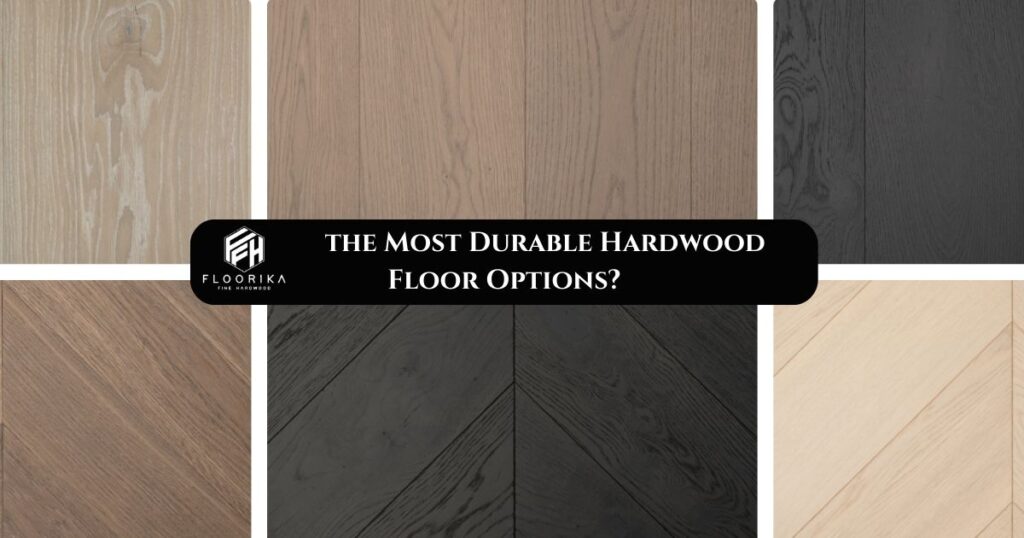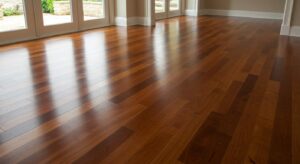When it comes to selecting hardwood floors, durability is a major factor — especially if you’re installing them in a busy home with pets, children, or heavy foot traffic. The Hardwood floor are a significant investment, and you want to make sure the flooring you choose can stand the test of time while maintaining its beauty. But with so many options available, how do you know which hardwoods will be the most durable?
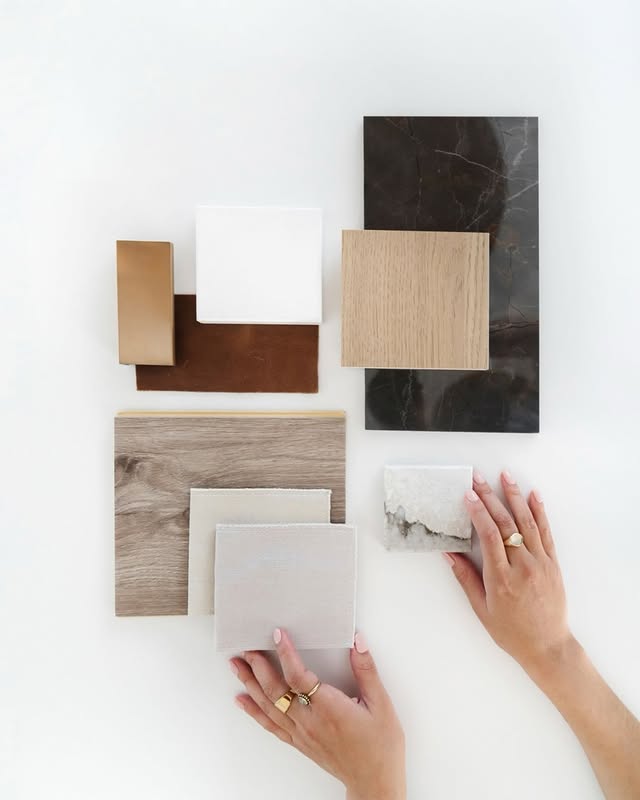
In this guide, we’ll break down the characteristics of durable hardwood flooring, how to measure its durability, and the top options to consider. We’ll also touch on whether solid or engineered hardwood is the better choice for long-lasting floors, as well as the difference between unfinished and prefinished hardwood.
Characteristics of Most Durable Hardwood Flooring
The durability of hardwood flooring depends on several key factors, including its hardness, resistance to wear, moisture resistance, and how well it handles day-to-day life.
Here are some characteristics to look for in the most durable hardwoods:
- Hardness: The harder the wood, the more resistant it is to dents and scratches. A higher Janka hardness rating indicates a tougher wood.
- Scratch Resistance: Hardwood floors are often exposed to pets, kids, and heavy foot traffic. Look for woods that can withstand wear and resist surface marks.
- Moisture Resistance: Some hardwoods are more resistant to moisture, making them better suited for areas like kitchens or basements.
- Appearance Retention: Durable hardwoods will maintain their appearance over time, even with heavy use. This means they resist fading, discoloration, and warping.
How to Measure the Durability of Hardwood Flooring
When selecting hardwood flooring for durability, there are a few methods and industry standards that can guide your decision. The most widely recognized way to measure a hardwood’s durability is through the Janka hardness test. This test measures how much force is required to embed a steel ball into the wood, providing an objective way to evaluate its hardness and resistance to indentation.
THE INDUSTRY STANDARD FOR HARDNESS
The Janka hardness rating is an industry standard that measures the ability of a wood to withstand wear, denting, and wear over time. It’s one of the best indicators for determining a wood’s durability in high-traffic areas. A higher Janka rating means a harder, more resilient wood that can better handle the demands of everyday life.
What is the Janka hardness test?
The Janka hardness test was developed by Austrian researcher Janka in 1906 to assess the hardness of different wood species. The test measures the force (in pounds) required to press a steel ball with a diameter of 0.444 inches (11.28 mm) into the surface of the wood until it is half the diameter of the ball.
This test is especially useful because it provides a numerical value that allows consumers to compare the durability of different hardwoods. Hardwoods with higher Janka ratings are more durable and resistant to indentation, which makes them ideal for high-traffic areas like kitchens, hallways, and living rooms.
What is a good Janka hardness rating?
When shopping for durable hardwood flooring, you’ll want to look for woods with a Janka hardness rating of at least 1,200 or higher for moderate durability. For high-traffic areas or homes with pets and children, a Janka rating of 1,500 or higher is recommended. However, even within these ranges, individual wood species may vary in terms of overall performance, so other factors like moisture resistance and finish options also come into play.
Most Durable Hardwood Flooring on the Janka Wood Hardness Chart
Below is a list of some of the hardest and most durable hardwoods, based on their Janka hardness ratings. These woods will stand up to heavy foot traffic and maintain their beauty over time:
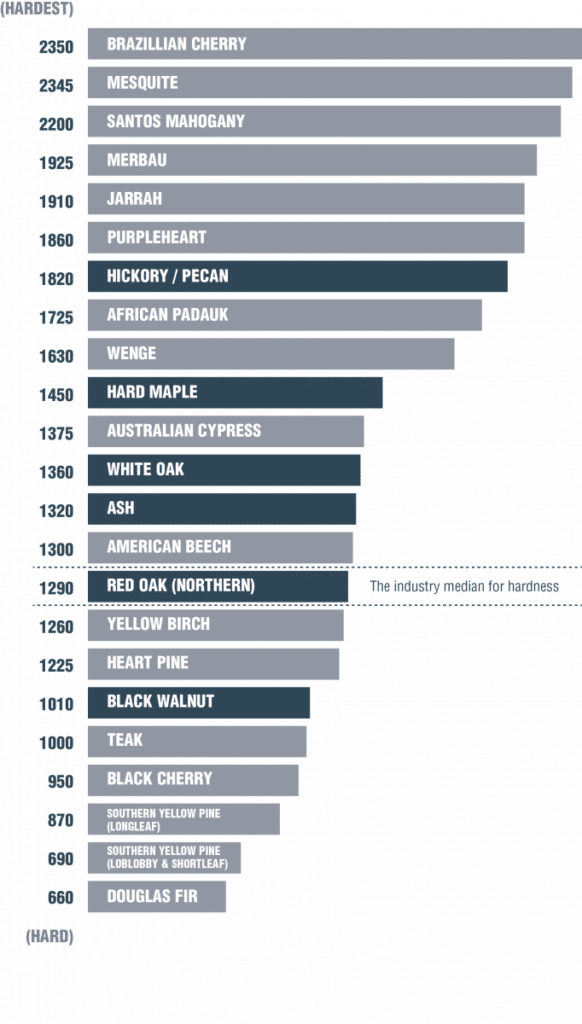
-
Brazilian Cherry (Jatoba) – Janka Rating: 2,350
For extreme durability and an exotic look, Brazilian cherry is one of the hardest woods available.
Why Brazilian Cherry is a Great Choice
- Ultra-durable: One of the hardest woods on the market.
- Rich, deep red-brown color: Adds warmth and elegance to any space.
- Resistant to moisture and pests: Great for humid climates or basements.
Downsides to Consider
- Can darken over time: Exposure to sunlight deepens its red tones.
- Hard to refinish: Due to its density, refinishing can be more challenging.
-
Tigerwood – Janka Rating: 2,160
Tigerwood is an exotic hardwood that’s known for its striking appearance and high durability. With its rich color and unique grain pattern, it stands out as a luxurious choice.
Why Tigerwood is a Great Choice
- Extremely Durable: With a Janka rating of 2,160, Tigerwood is one of the hardest and most durable hardwoods available.
- Distinctive Look: Its bold, striped grain and reddish-brown hues add a touch of luxury and exotic appeal to any space.
- Resistant to Wear: Tigerwood is highly resistant to surface wear, making it ideal for areas with high foot traffic.
Downsides to Consider
- Expensive: As an exotic hardwood, Tigerwood can be much more expensive than domestic species like oak or maple.
- Difficult to Work With: Due to its dense and hard nature, Tigerwood can be harder to cut and install, requiring specialized tools and expertise.
-
Hickory – Janka Rating: 1,820
Janka Hardness Rating: 1,820
If durability is your top priority, hickory is one of the hardest domestic hardwoods available. It’s ideal for high-traffic areas due to its incredible strength.
Why Hickory is a Great Choice
- Strength: One of the hardest woods on the market.
- Resists dents and scratches: Perfect for active households.
- Unique grain pattern: Hides minor imperfections better than smooth-grained woods.
- Works well in rustic or farmhouse-style homes: Adds character to any space.
Downsides to Consider
- Can be challenging to install: Due to its hardness, hickory requires professional installation for best results.
- Not ideal for modern, sleek designs: Its grain can be bold for minimalist aesthetics.
-
White Oak – Janka Rating: 1,360
White oak is another excellent choice for durability and water resistance. With its refined look, it’s great for both modern and rustic designs.
Why White Oak is a Great Choice
- Naturally water-resistant: Thanks to its closed-grain structure.
- Stylish and versatile: Works well with a variety of design aesthetics.
- Highly durable: Holds up well in homes with pets and kids.
- Great for open-concept spaces: The neutral tones complement many interiors.
Downsides to Consider
- Slightly softer than hickory: While durable, it’s not quite as dent-resistant.
- Can darken over time: It may take on an amber hue as it ages.
-
Maple – Janka Rating: 1,450
Maple is a dense, hard wood with excellent resistance to wear and tear. It’s frequently used in high-traffic areas like basketball courts.
Why Maple is a Great Choice
- High scratch and dent resistance: Great for busy households.
- Minimalist and clean appearance: Works well with modern designs.
- Lighter color brightens up a space: Ideal for homes with limited natural light.
Downsides to Consider
- Can be prone to surface scratches: Maple is known to show scratches more than some other hardwoods.
- May yellow over time: Exposure to sunlight can cause maple floors to darken slightly.
-
Ash – Janka Rating: 1,320
Similar to oak in strength and appearance, ash is a durable and attractive choice for high-traffic areas. It has a light, consistent grain that works well in a variety of spaces.
Why Ash is a Great Choice
- Strength and Durability: Ash is comparable to oak, offering excellent resistance to wear and tear.
- Appealing Light Color: Its pale color adds brightness to any room.
- Versatile Appearance: Works well with both contemporary and traditional designs.
Downsides to Consider
- Prone to Scratching: Like oak, ash can show surface scratches over time, especially in high-traffic areas.
- Can Darken with Age: Ash can develop a slightly darker tone as it ages, especially when exposed to sunlight.
-
Hard Maple – Janka Rating: 1,450
Hard maple is a variant of maple with a more dense and robust structure, making it ideal for high-traffic and heavy-duty areas like gyms and sports courts.
Why Hard Maple is a Great Choice
- Excellent Durability: Hard maple offers great resistance to dents and scratches, making it a durable option for homes with pets or heavy foot traffic.
- Clean, Minimalist Look: Its smooth grain and light color work well in modern and minimalist interiors.
- Long-Lasting: Hard maple has the potential to last for many years, especially with proper maintenance.
Downsides to Consider
- Can Be Prone to Scratches: While resistant to dents, hard maple can show surface scratches over time, particularly in high-traffic areas.
- Susceptible to Yellowing: Exposure to sunlight can cause hard maple to darken or yellow slightly over time.
-
Teak – Janka Rating: 1,155
Teak is known for its exceptional moisture resistance, making it a great choice for areas that are prone to humidity, such as kitchens, bathrooms, or basements.
Why Teak is a Great Choice
- Moisture Resistance: Teak is naturally resistant to moisture, making it perfect for damp or humid environments.
- Elegant Appearance: Its golden-brown hue and straight grain offer a luxurious, timeless look.
- Low Maintenance: Teak requires little upkeep, as its natural oils help protect it from moisture and wear.
Downsides to Consider
- Softness Compared to Other Hardwoods: While teak is durable, it is softer than many other hardwoods like hickory or maple.
- Expensive: Teak is often one of the more expensive hardwood options due to its scarcity and the labor-intensive harvesting process.
-
Red Oak – Janka Rating: 1,290
Red oak is one of the most common and affordable hardwoods. It provides a balance of durability and aesthetic appeal, making it a popular choice for many homes.
Why Red Oak is a Great Choice
- Durability: Red oak offers good resistance to dents and scratches while remaining relatively affordable.
- Rich Color: The reddish-brown tones of red oak add warmth to any room and complement many different design styles.
- Common and Easy to Find: It’s widely available and tends to be more affordable than more exotic hardwoods.
Downsides to Consider
- Can Be Prone to Scratches: Like other oak species, red oak can show surface scratches over time, especially in busy households.
- Might Darken with Time: Exposure to sunlight can cause red oak to darken, changing its appearance as it ages.
-
American Walnut – Janka Rating: 1,010
American walnut is a luxurious, dark-colored hardwood with a moderate level of durability. It is especially prized for its rich appearance.
Why American Walnut is a Great Choice
- Elegant, Dark Color: Walnut has a rich, deep color that adds sophistication and elegance to any room.
- Good Resistance to Wear: While slightly softer than other hardwoods, walnut still offers good resistance to wear and tear.
- Beautiful Grain: Walnut has a unique grain pattern that adds character to any floor.
Downsides to Consider
- Softer Than Other Options: With a Janka rating of 1,010, walnut is softer and more prone to denting compared to harder woods like hickory or maple.
- Can Be Expensive: Due to its premium appearance, walnut can be one of the pricier hardwood options.
Solid or Engineered: Which Is More Durable?
When it comes to choosing between solid hardwood and engineered hardwood, the right choice depends on the environment and your needs.
-
Solid Hardwood: Composed of a single piece of wood, solid hardwood is very durable and can be refinished multiple times. It is a great option for homes that are not prone to significant humidity or temperature changes.
-
Engineered Hardwood: Made from several layers of wood with a veneer layer on top, engineered hardwood is more resistant to moisture and humidity. It is ideal for basements, kitchens, or homes in regions with fluctuating climates. While not as easy to refinish as solid hardwood, engineered hardwood can last for many years with proper care.
Verdict: For environments with stable humidity and temperature levels, solid hardwood offers the highest durability. However, if you’re concerned about moisture or climate change, engineered hardwood may be the more durable and practical option in the long run.
Unfinished vs Prefinished Hardwood
When selecting hardwood floors, you’ll also need to choose between unfinished and prefinished hardwood. Both have their advantages:
-
Unfinished Hardwood: This option allows for more customization in terms of staining and finishing. However, it requires professional installation and finishing, which can be time-consuming and costly.
-
Prefinished Hardwood: This option comes pre-stained and pre-finished, offering convenience and faster installation. The finish is usually more durable and consistent than what can be achieved with unfinished hardwood.
Verdict: If you’re looking for the highest durability and convenience, prefinished hardwood is the way to go. However, if you’re after a custom look and don’t mind the additional time and cost for installation, unfinished hardwood could be a good fit.
Conclusion
Choosing the most durable hardwood flooring for your home requires considering several factors: the wood species, the Janka hardness rating, moisture resistance, and your specific needs. Woods like Brazilian Cherry, Hickory, and White Oak are among the toughest options available, making them ideal for homes with heavy foot traffic.
Whether you go with solid hardwood or engineered wood will depend on your climate and installation preferences, but both can provide years of durability and beauty when properly maintained. Additionally, understanding the differences between unfinished and prefinished options will help you make an informed choice based on your personal style and needs.
By carefully considering these factors and choosing the right hardwood for your lifestyle, you can ensure your floors will continue to look beautiful and stand up to everyday wear and tear for many years to come.
Whether you need something scratch-resistant for pets, moisture-proof for basements, or simply stylish and durable, Floorika Fine Hardwood has the perfect solution.
Ready to upgrade your home with the best hardwood flooring in Brooklyn? Give us a call and let our experts help you find the perfect flooring for your lifestyle!

